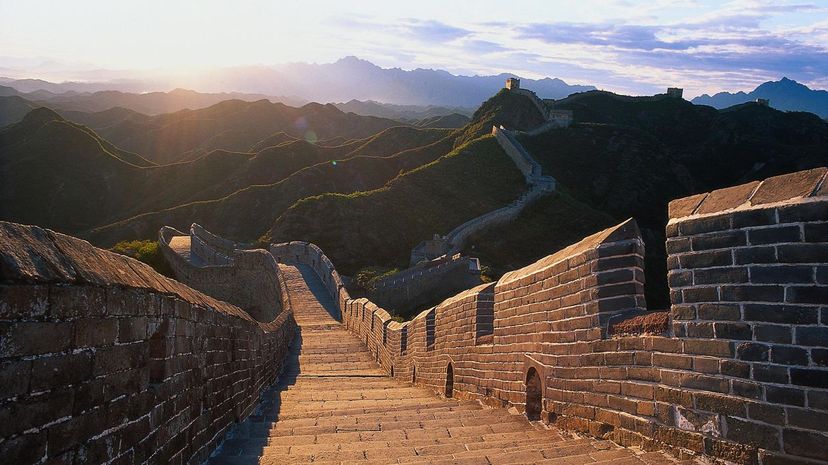
About This Quiz
China is the fourth largest country in the world in terms of total area, stretching from Afghanistan in the west to the Pacific Ocean in the east. With such a range of territory, China certainly has many landmarks, both natural and human-made, to attract plenty of attention to the country that calls itself "The Red Dragon."
The natural landmarks in China, of course, show off the country's unique beauty, with mountains, karst formations and waterfalls that have significant meaning in Chinese culture. The manmade landmarks, on the other hand, are heavily influenced by Chinese traditions that pull from various aspects of Chinese history related to Buddhism, Confucianism and the many imperial dynasties. All of these landmarks provide reasons for tourists to visit the highly advanced cities, like Shanghai and Hong Kong, along with the beautiful countryside that is as vast and unique as any in the world.
Are you prepared to test your knowledge of the landmarks that define both urban centers and rural landscapes across China? There's plenty to remember, so don't take a wrong turn as you make your way through this quiz.
When you're ready, get started and discover how well you know the many wonders that await you throughout China.
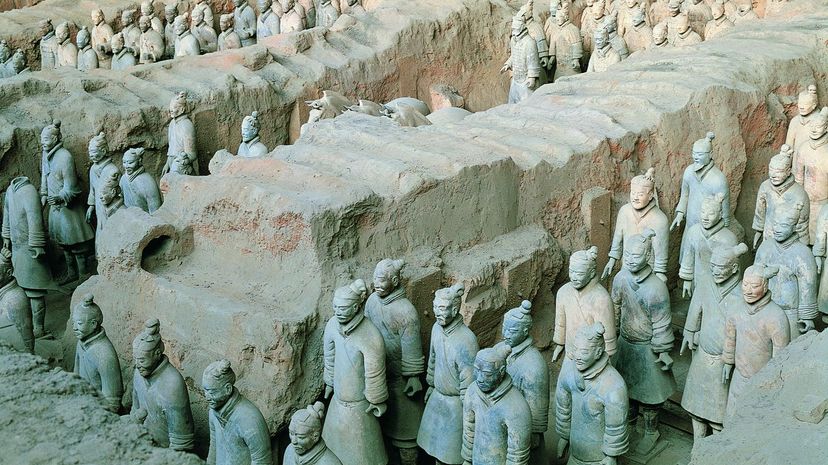
Over 8,000 clay statues, known as the Terracotta Army, are located in the Mausoleum of the First Qin Emperor. Each of these statues is unique, with individual gestures and expressions.
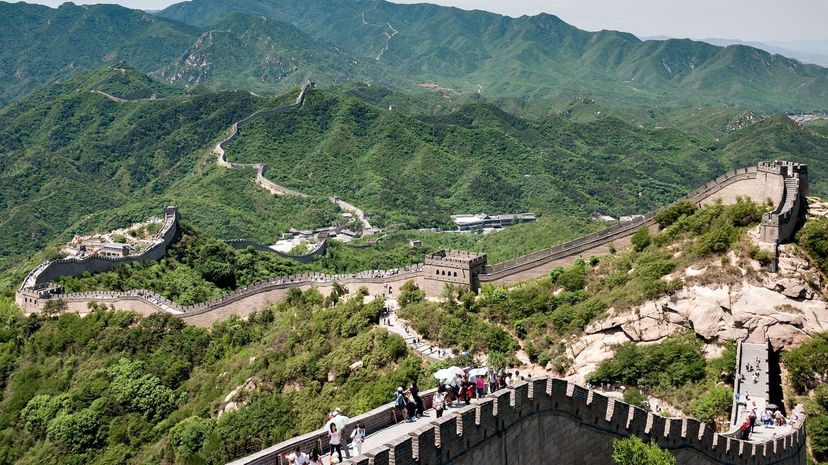
Stretching 13,170 miles, which is over half the length of the equator, the Great Wall of China is recognized as one of the Seven Wonders of the World, and for good reason. Over a million people died during the construction of the wall, which is the longest human-made construction ever.

Depicting both religious and secular subjects, the Dazu Rock Carvings were created between the ninth and 13th centuries. These carvings demonstrate how various schools of thought — from Confucianism to Buddhism to Taoism — have influenced Chinese society.
Advertisement
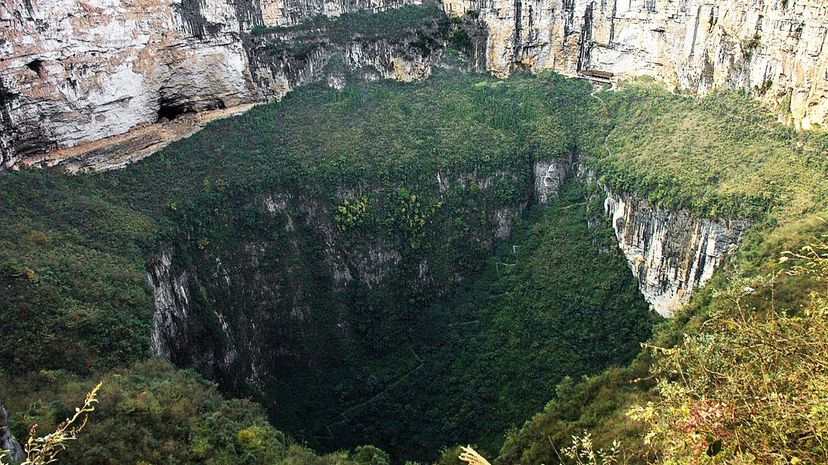
With vertical walls that stretch over 300 feet, Xiaozhai Tiankeng is perhaps the best example of China's many giant sinkholes. In fact, China has more known giant sinkholes than any other country.
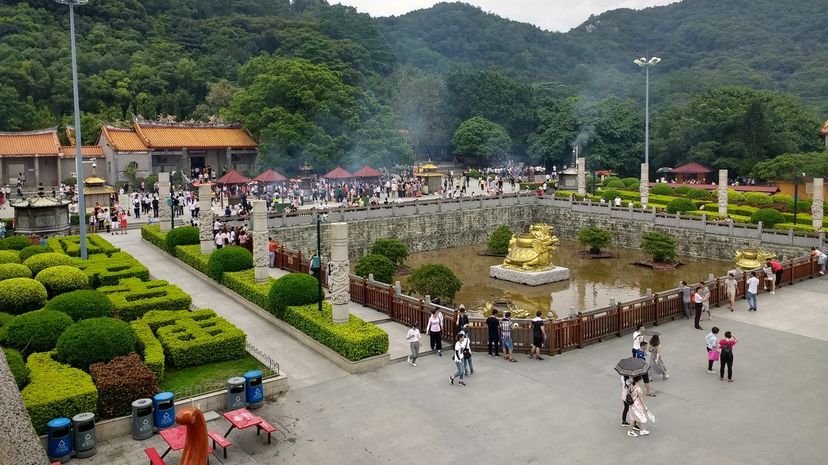
Located on the western side of the Hunan Province, Fenghuang Ancient Town gets its name from a legendary Chinese phoenix that rules over other birds. The origin of this bird dates back thousands of years. It has been an important figure in several ancient dynasties, including the Han and the Yuan.
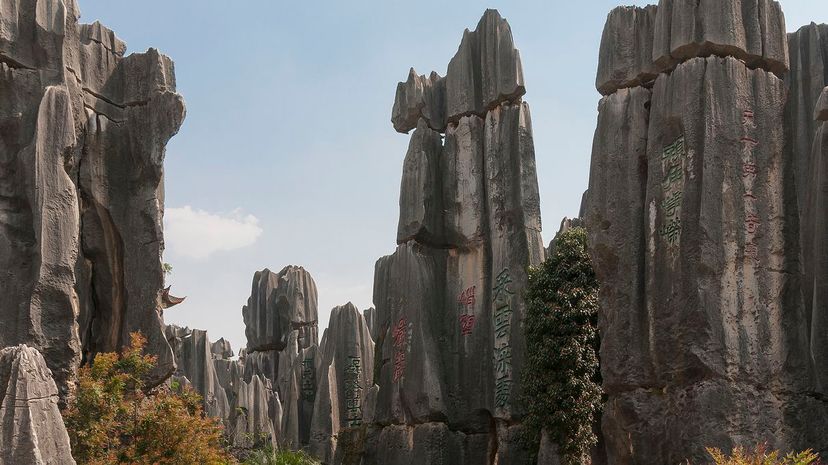
Over 270 million years old, the Shilin Forest is a forest made of stone that stretches 186 square miles. In the forest is the Ashima Stone, which is named after a Sani girl who supposedly turned to stone after she was forbidden to marry the person she loved.
Advertisement
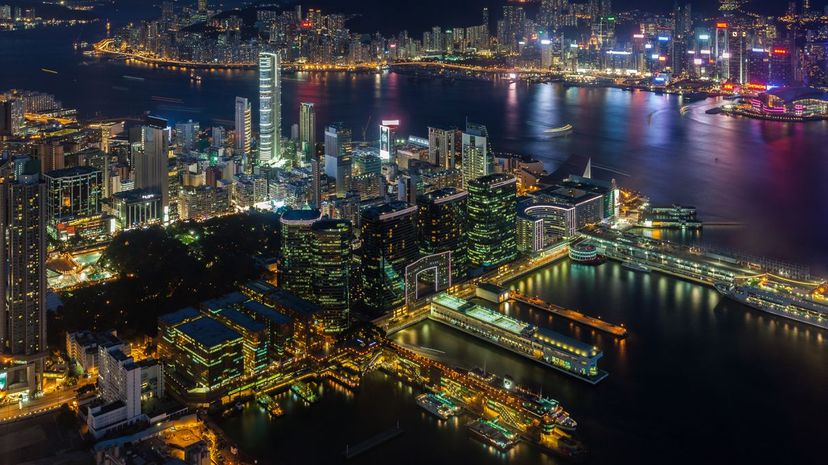
Nestled between Hong Kong Island and Kowloon Peninsula, Victoria Harbour is known for its extravagant fireworks shows that take place annually to celebrate the Chinese New Year. These fireworks can be viewed from one of the many tour boats that travel through the harbor.
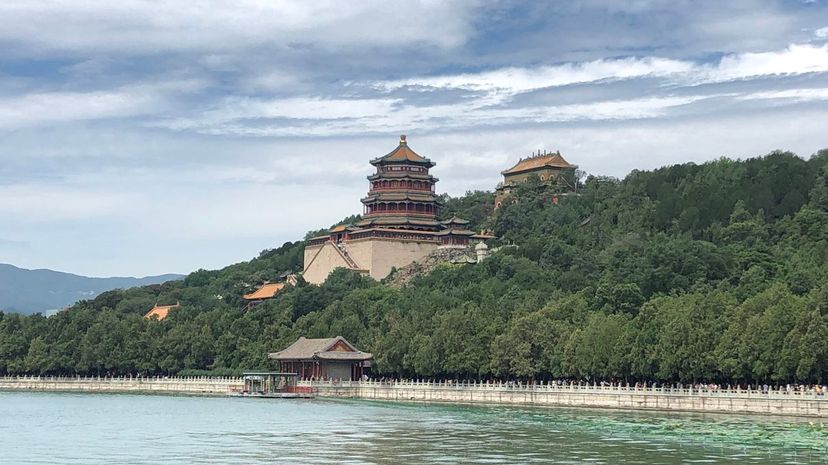
One of the most notable features of the Summer Palace is Kunming Lake, which covers a majority of the area of the palace grounds. Running over the lake is Seventeen-Arch Bridge, which allows visitors to walk from the eastern shore to Nanhu Island, another important attraction at the Summer Palace.
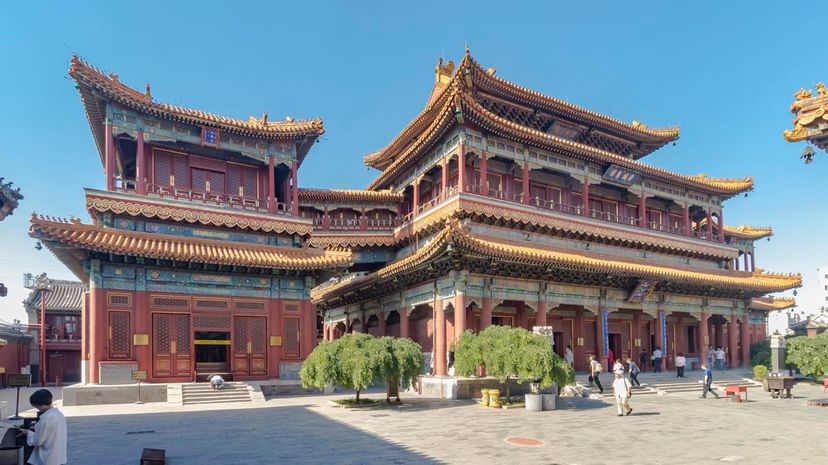
Han Chinese and Tibetan art and architecture meet to create Yonghe Palace, located in northeastern Beijing. The building was first constructed in 1694 as a residence for the emperor, though several changes were made over the years as it transitioned into a facility for Tibetan Buddhist monks.
Advertisement
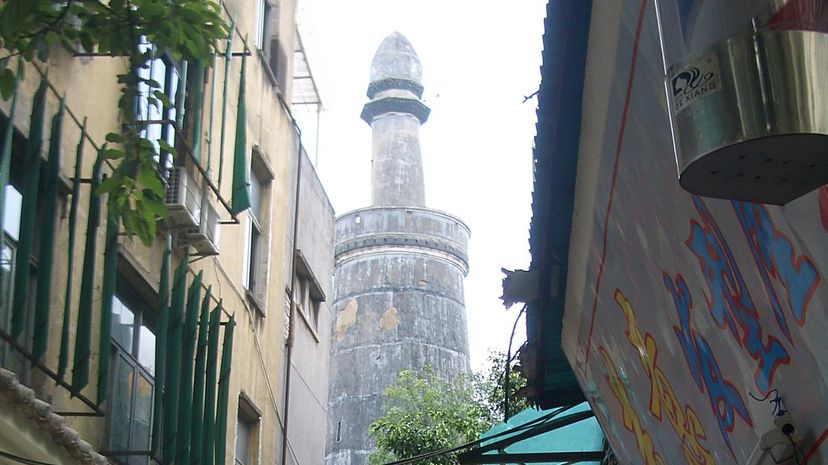
The Huaisheng Mosque is one of the oldest mosques located in China that's still in existence. Constructed in 627, the mosque signifies when Islam was introduced to China as the religion spread east.
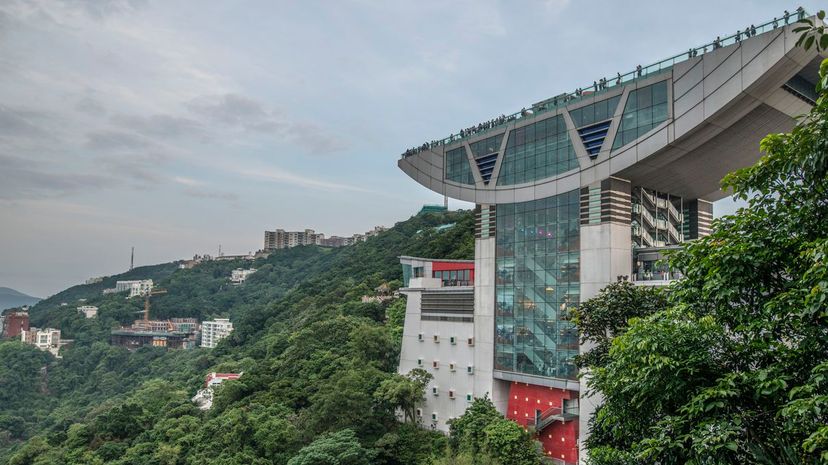
Sitting atop Victoria Peak on Hong Kong Island is Peak Tower, a shopping complex with a unique postmodern design. The structure first opened in 1997, then underwent renovations in 2006. Visitors may ride the Peak Tram to the tower.

The name Iron Pagoda would make one think the structure was made from iron, but it's actually made of brick that has a dark, iron-like appearance. A wooden pagoda preceded it, though it was replaced after being hit by lightning in 1044.
Advertisement
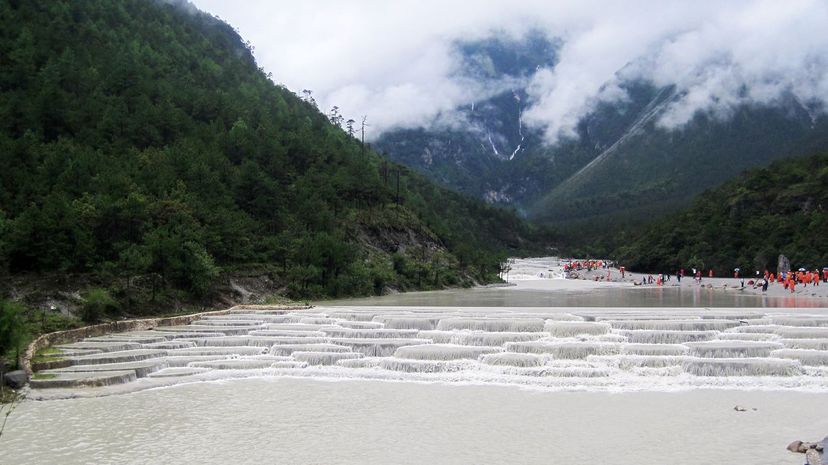
The natural mineral terraces that run over the village of Baishuitai first gained recognition when the founder of Dongba culture settled in the area. Using the beauty of the landscape, he attracted followers. To this day, those followers honor the area as a shrine.
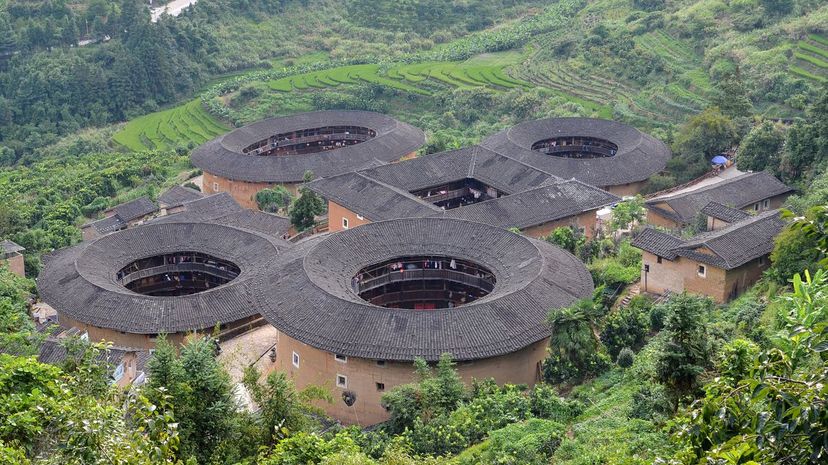
Composed of five clay buildings, four round and one square, the Tianluokeng Tulou Cluster is commonly referred to as "four dishes and a soup." Such buildings are unique to the mountainous regions in southern China, where they serve as dwellings for the Hakka people.
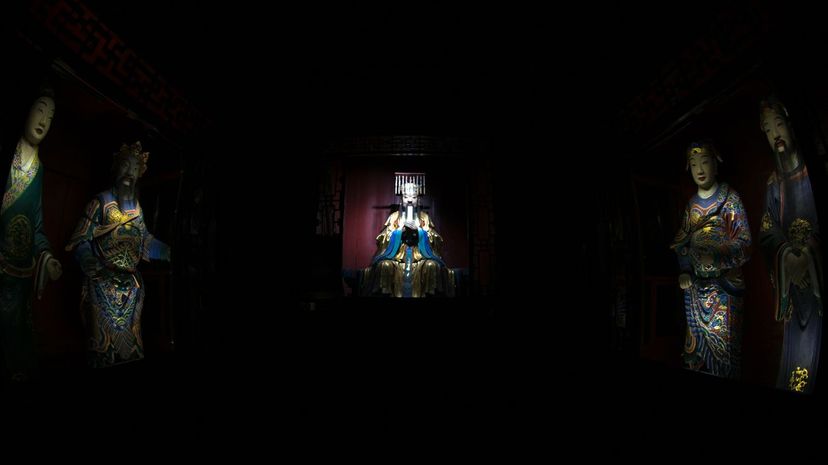
A traveler could search the known world and never find a cave chamber larger in volume than the Miao Room, located in the Ziyun Getu He Chuandong National Park. Discovered in 1989, the cave chamber encompasses 380 million cubic feet.
Advertisement
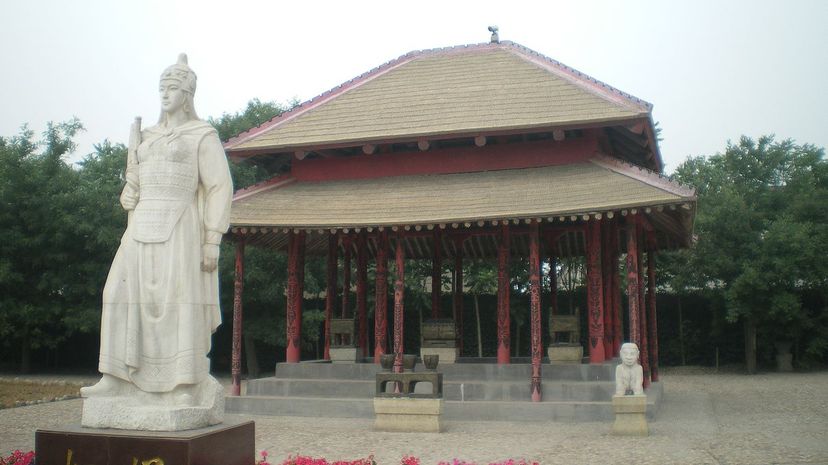
Yinxu is the location of the ancient capital of the Shang Dynasty during the Chinese Bronze Age. Excavations have revealed that it was an important center of Chinese culture and trade from around 1300 B.C.E. to 1046 B.C.E.

The worship of mountains was common in China during ancient times, and Mount Tai was one such location. In fact, Qin Emperor Huang Di even paid tribute at the mountain after unifying China in 219 B.C.E.
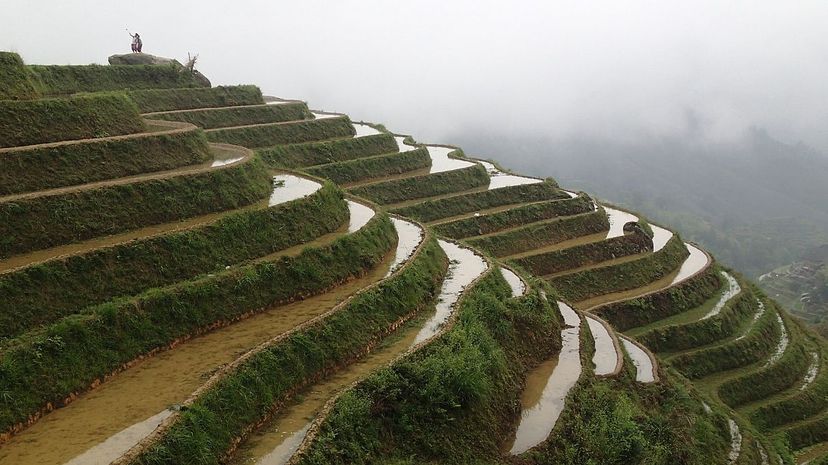
At the height of the Cultural Revolution in China, Dazhai served as the shining example of communal agriculture. It was even visited on several occasions by Chairman Mao Zedong, who used the village as propaganda for his reforms.
Advertisement
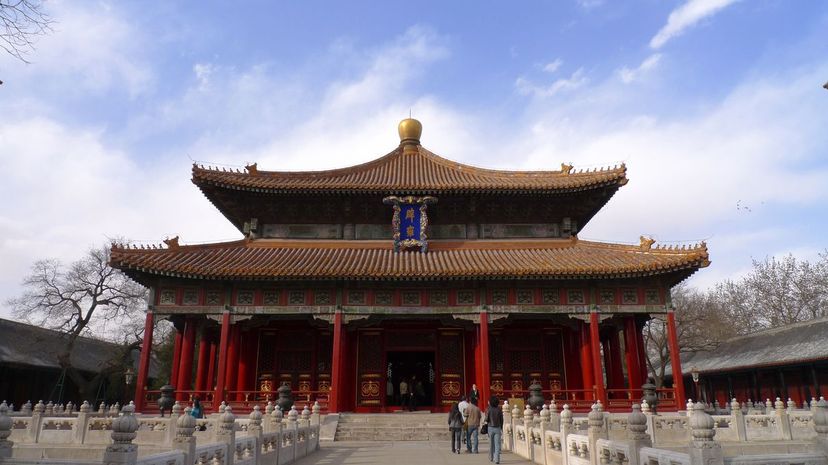
After construction was completed in 1306, the Beijing Guozijian served as the most important center of learning under the Yuan, Ming and Qing dynasties. It's the only imperial college that has survived the ravages of time.

The pillars of the Temple of Heaven were constructed not only to hold up the temple but also to provide important symbolism. For example, four interior pillars located in the Hall of Prayer for Good Harvests represent the four seasons. Twelve middle and outer pillars represent the 12 months and 12 Chinese hours.
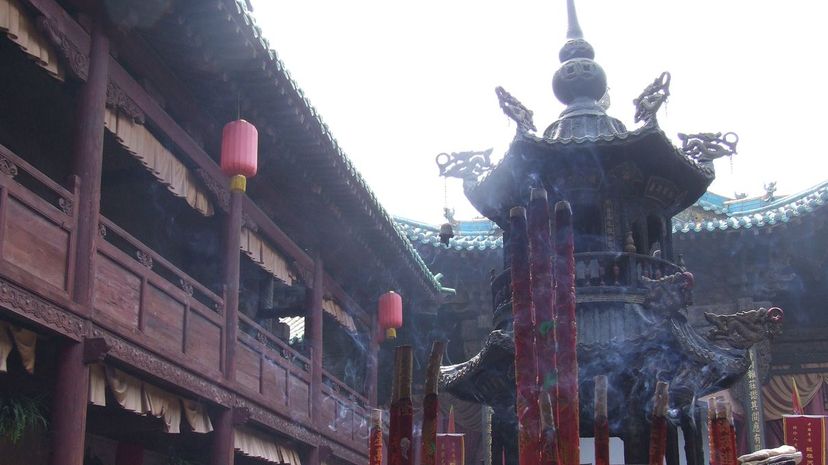
One of Pingyao's most important roles throughout Chinese history has been serving as a center of commerce. The city has been home to more than a dozen financial institutions, including the first bank in China, the Rishengchang. Ming Qing Street in Pingyao honors the Ming and Qing dynasties.
Advertisement
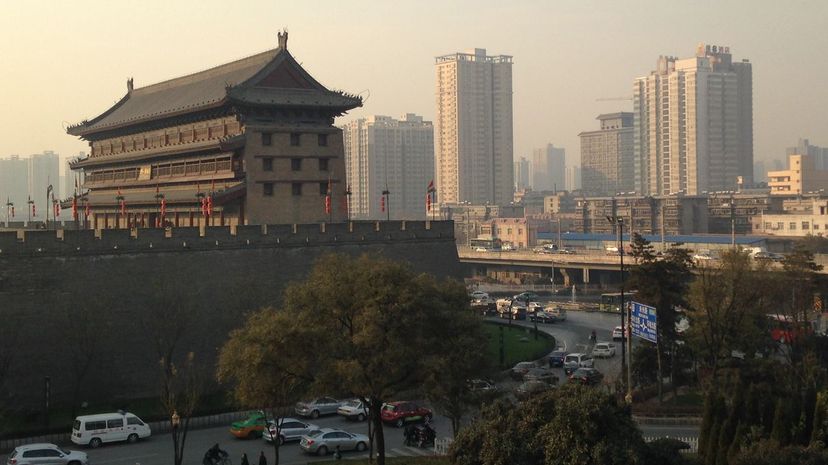
The most complete city wall that survives in China, the Xi'an City Wall, separates the ancient buildings inside from the skyscrapers and billboards on the outside. Ancient buildings inside the wall include the Bell and Drum Towers, along with the Muslim Quarter.
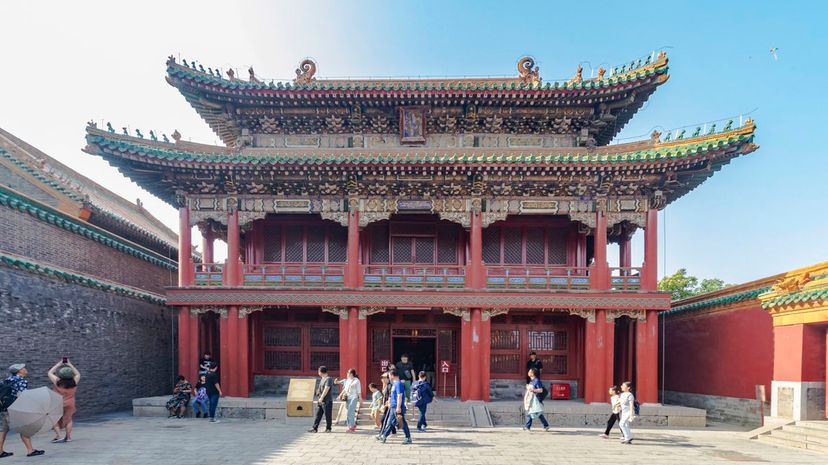
Completed in 1636, the Mukden Palace contains about 300 rooms and 20 courtyards. The palace was long used as a royal residence, but in 1955 it was converted into a museum. Today it is listed as a UNESCO World Heritage site.
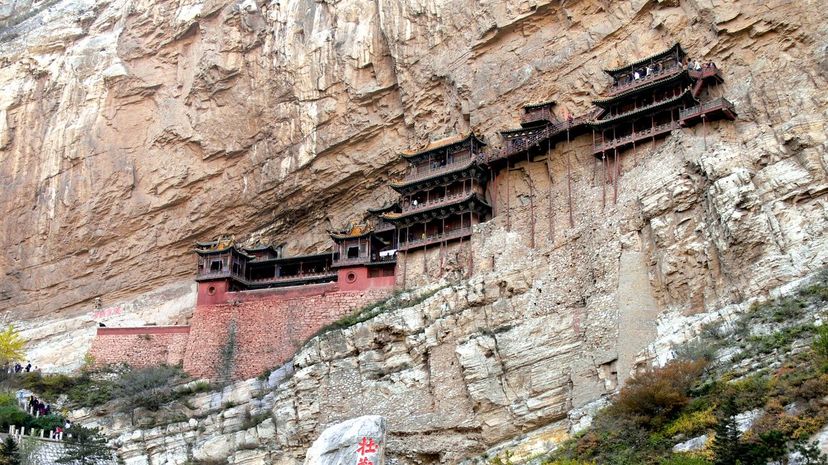
Incredibly, 40 rooms are linked together along the Hengshan Mountain by a series of passageways to form the dazzling wonder known as the Hanging Temple. The temple was constructed during the Northern Wei Dynasty by monks, most likely led by Liao Ran.
Advertisement
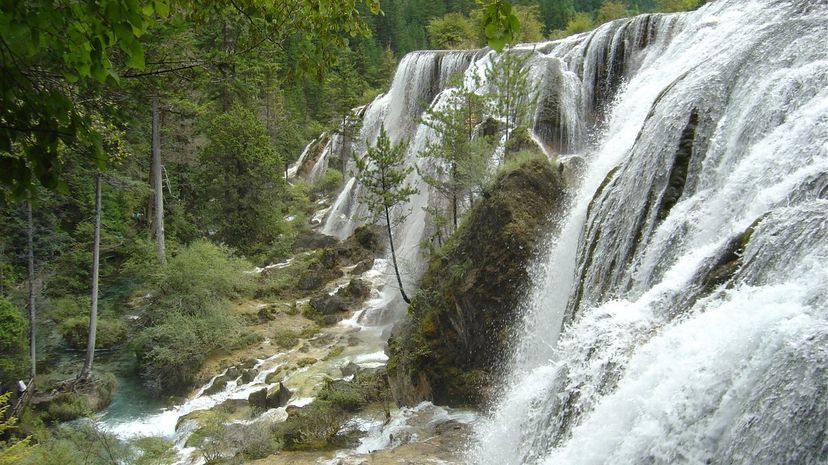
Filled with many natural wonders, from waterfalls to mountains, the Jiuzhaigou lies in sharp contrast to the packed cities located across China. The park limits the number of visitors per day, so a sense of intimacy is created between nature and the tourists who visit.
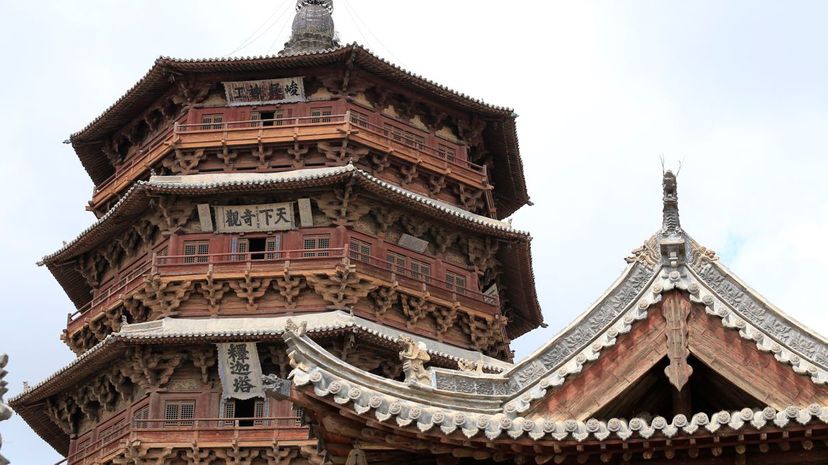
When the Pagoda of Fogong Temple was repaired in 1974, several carvings and silk pictures were discovered inside broken statues. These antiques bring to life the culture of the Buddhists who lived during the Liao Dynasty when the temple was constructed.
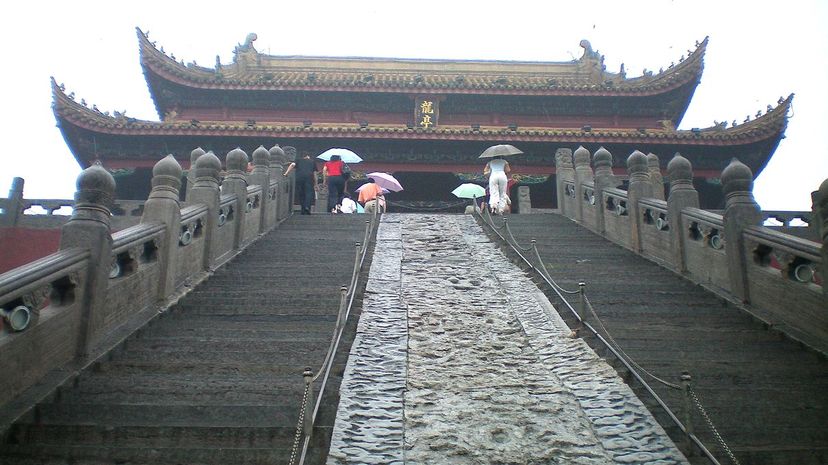
Though six dynasties situated their capital in Kaifeng City, where the Dragon Pavilion is located, the area reached its height under the Northern Song Dynasty. The Dragon Pavilion is one of the few structures to survive to modern times, as warfare tore the city apart when different emperors sought power.
Advertisement
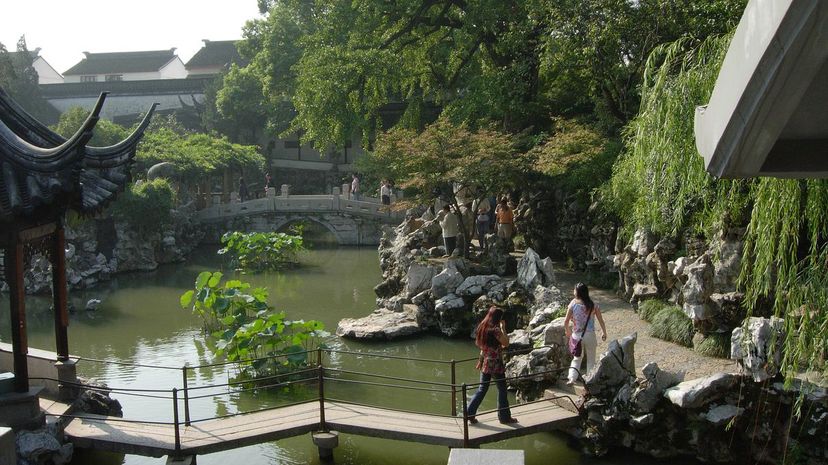
The Classical Gardens of Suzhou have a reputation as some of the most beautiful gardens in the world, earning the recognition of being a UNESCO World Heritage Site. The landmark is made up of more than 50 gardens, with some of the most popular being the Humble Administrator's Garden, the Lingering Garden and the Net Master's Garden.

Born in Qufu, Confucius was one of the most influential thinkers in Chinese history, establishing a philosophy known as Confucianism. He encouraged his followers to treat others kindly, have strong morals and respect their ancestors.
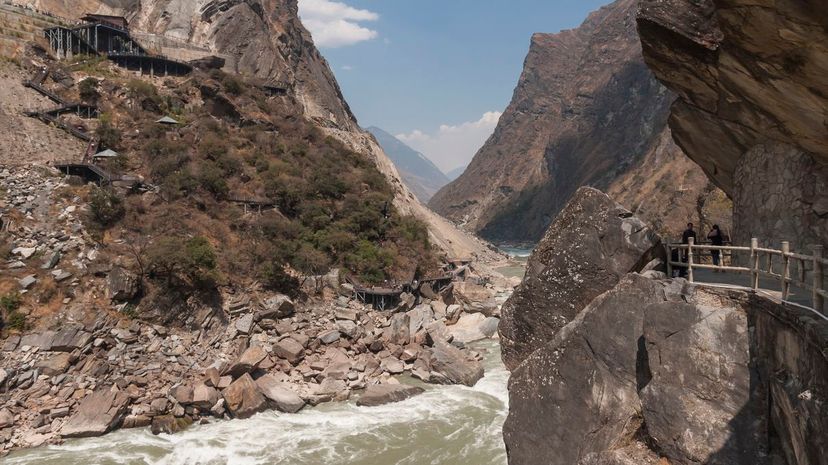
Like many Chinese landmarks, the Tiger Leaping Gorge gets its name from a legend. According to the story, a hunter trapped a tiger at the narrowest point of the gorge, but, in an astonishing feat, the tiger leaped over the gorge to escape its would-be captor.
Advertisement
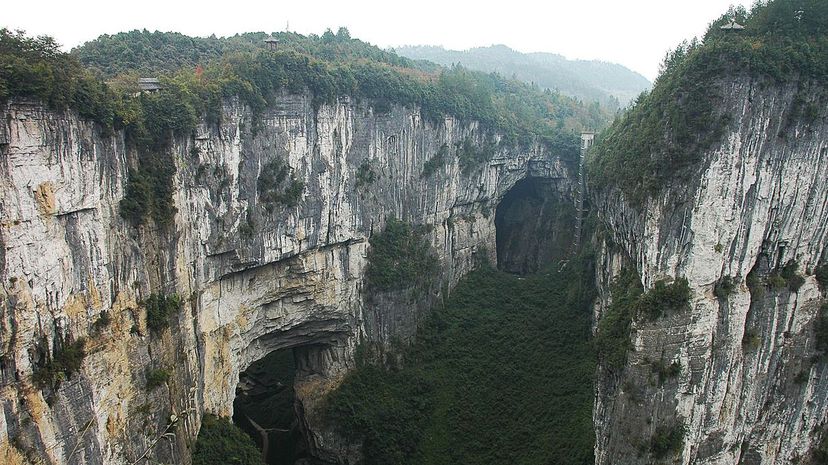
To see the Three Natural Bridges of Wulong, visitors have to travel to the Wulong Karst National Geology Park in Wulong County. Named after dragons, the three bridges are the Tianlong Bridge, the Qinglong Bridge and the Heilong Bridge.

The Shuanghedong Cave Network is recognized as the longest cave in all of Asia. Discovered in the 1980s, the cave has 203 known entrances that lead into an underground labyrinth that runs 782,411 feet.
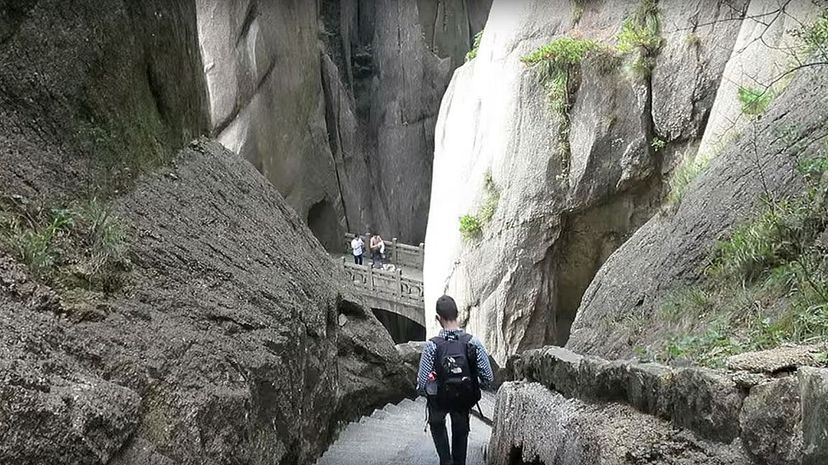
Fairy Bridge is a relatively new discovery, particularly for Westerners exploring China. The landmark was spotted in 2009 on Google Earth, and an expedition was led by the Natural Arch and Bridge Society to locate it. Explorers were finally successful in 2010.
Advertisement
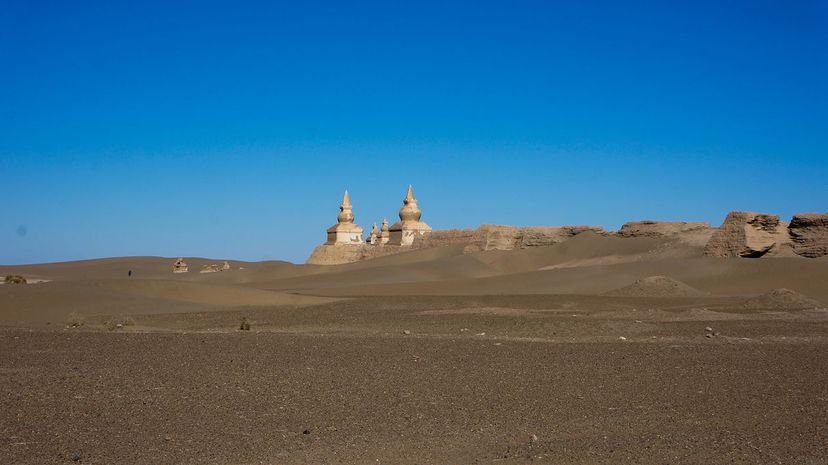
The story about the fall of Khara Khoto in 1372 is one filled with tragedy and bloodshed, coinciding with the fall of Mongols across Asia. Khara Khoto was one of the last cities controlled by the Mongols in China, and it too fell when the Ming Dynasty cut off the city's water supply and waited for the inhabitants to die of thirst.
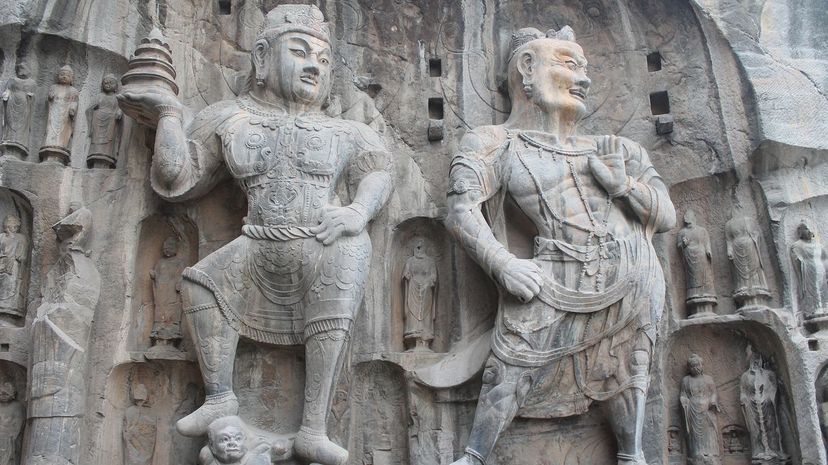
The Longmen Grottoes are a lengthy complex of caves carved with Buddhist statues. Carved into limestone cliffs, these caves are on both sides of the Yi River, located on the faces of Mount Longmen and Mount Xiang.
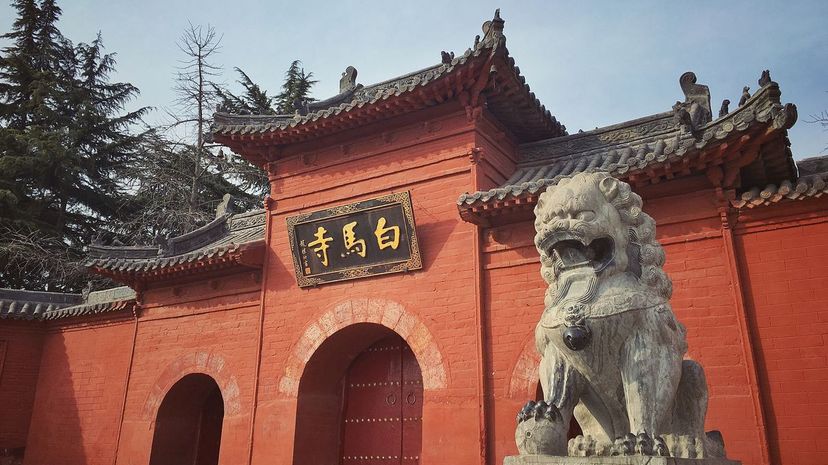
According to legend, when the Ming Emperor had a dream of Buddha, he sent two envoys west to bring back Buddhist followers. These envoys located two Buddhist monks who agreed to return to China along with a white horse carrying Buddhist scriptures. The White Horse Temple was built to honor this journey.
Advertisement

When touring the Bund, visitors will immediately notice the 52 buildings, each designed with unique international architectural styles. These styles unite Western and Eastern cultures in a mile long stretch along the Huangpu River in Shanghai.
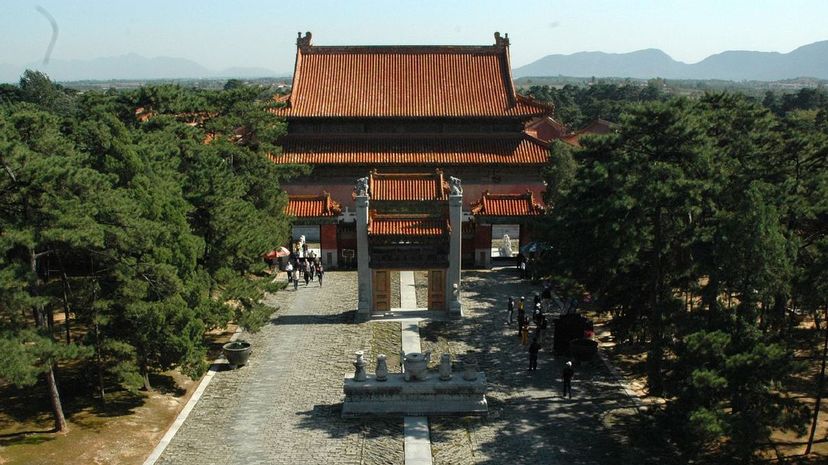
Five emperors from the Qing Dynasty have tombs in the Easter Qing Tombs: Shunzhi, Kangxi, Qianlong, Xianfeng and Tongzhi. It also serves as the resting place of several empresses, princes, princesses and over one hundred concubines.
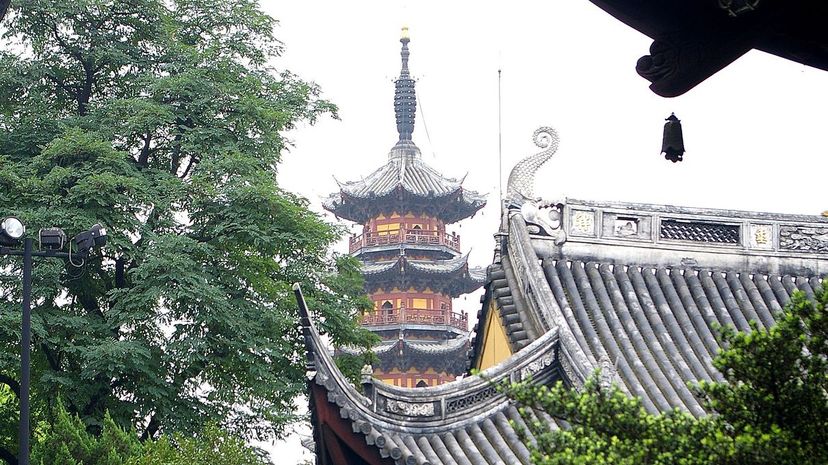
The Bell Tower is one of the main components of the Longhua Temple. The tower contains a copper bell from 1894 that attracts the residents of Shanghai each New Year's Eve to the temple, as they wait for the ceremonial 108 rings to occur.
Advertisement
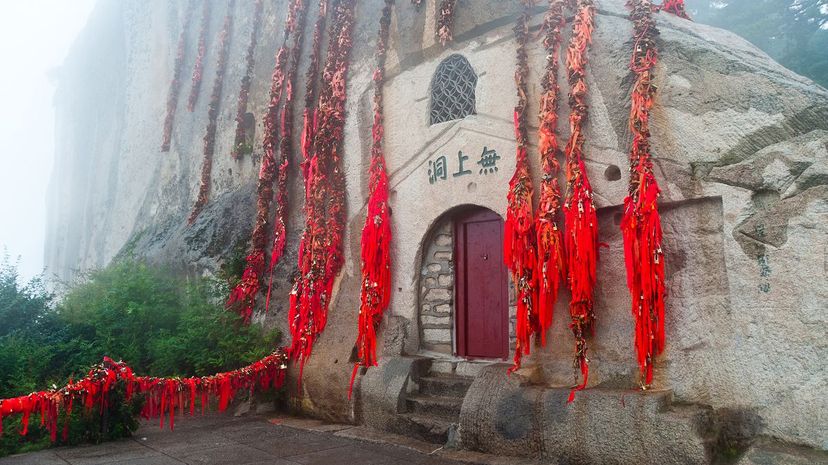
Considered to be one of the five sacred mountains of China, Mount Hua is an important location for Daoists, who first built a temple there in the second century B.C.E. There are currently several Daoist temples along the mountain, including a cloister dedicated to Chen Tuan.